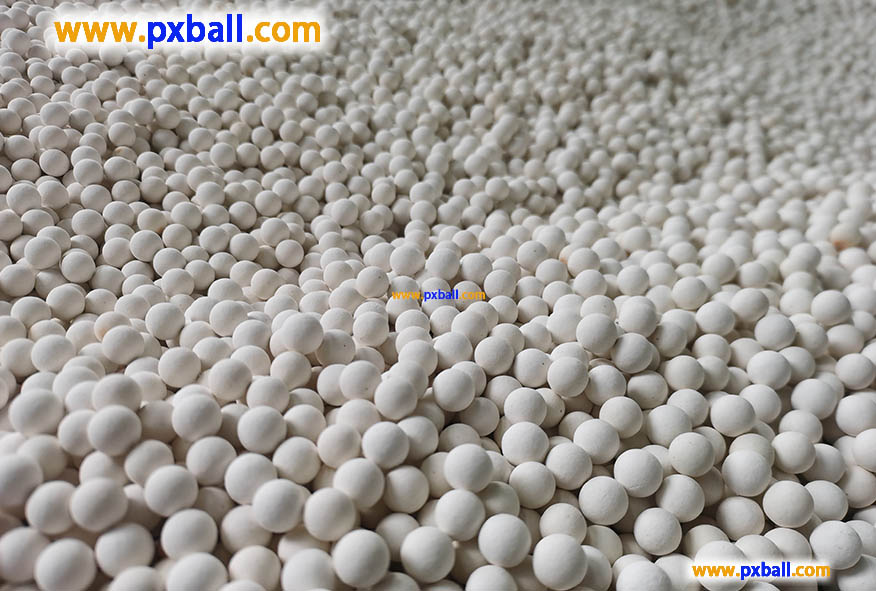
Introduction of inert porcelain balls
Inert porcelain ball has the characteristics of high strength, high chemical stability and thermal stability, inert porcelain ball can withstand high temperature, high pressure and acid, alkali, salt and various organic solvents corrosion, inert porcelain ball is widely used in petroleum, chemical industry, fertilizer, natural gas and environmental protection and other industries. The inert porcelain ball is used as the supporting and covering material of the catalyst in the reactor, which can buffer the impact of the liquid and gas entering the reactor on the catalyst, protect the catalyst, and improve the distribution of the liquid and gas in the reactor.
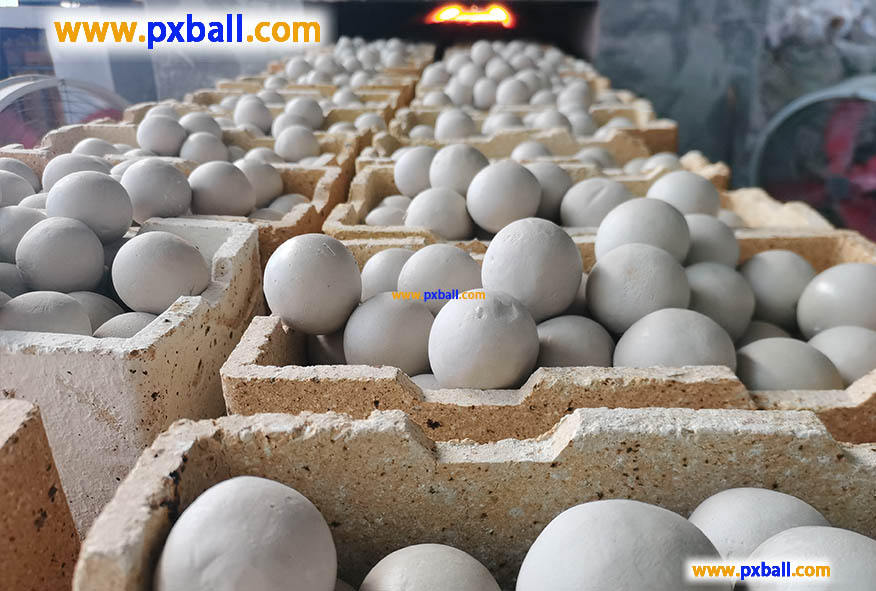
Inert porcelain ball features
High chemical stability: it can withstand the erosion of strong acids, strong alkalis and various organic solvents, and it is not easy to have chemical reactions in complex chemical environments, and can maintain long-term stable performance. For example, in chemical production, even if exposed to corrosive sulfuric acid, hydrochloric acid and other media, inert porcelain balls can still maintain their own physical and chemical characteristics.
Good mechanical strength: with high compressive strength and wear resistance, under certain pressure and long-term friction and collision with other substances, it is not easy to break and deformation, which can ensure long-term normal use. For example, in the process of petroleum refining, the material in the pipeline and reactor can still maintain a complete form.
Good thermal stability: it can adapt to a large temperature range, and there will be no obvious problems such as rupture caused by thermal expansion and contraction in high or low temperature environments, and it can operate reliably in industrial production processes under different temperature conditions. For example, in the high-temperature ammonia reaction unit, as well as the low-temperature natural gas liquefaction processing link, it can play a normal role.
TECHNICAL DATA SHEET (TDS)
Chemical Composition: (wt%)
Al2O3 +SiO2 | SiO2 | MgO | K2O+Na2O | CaO | TiO2 | Fe2O3 |
>90% | <80% | <1.0% | <4% | <1.5 % | <1.0% | <0.1% |
Physical properties:
Items | Proportion | Items | Proportion |
Bulk gravity (g/cm3) | 2.2-2.4 | Water Absorption (%) | <1 |
shape | spherical | Moh’s hardness (scale) | >=6.5 |
Heat resistance (℃) | 1000 | Roundness | <1.25 |
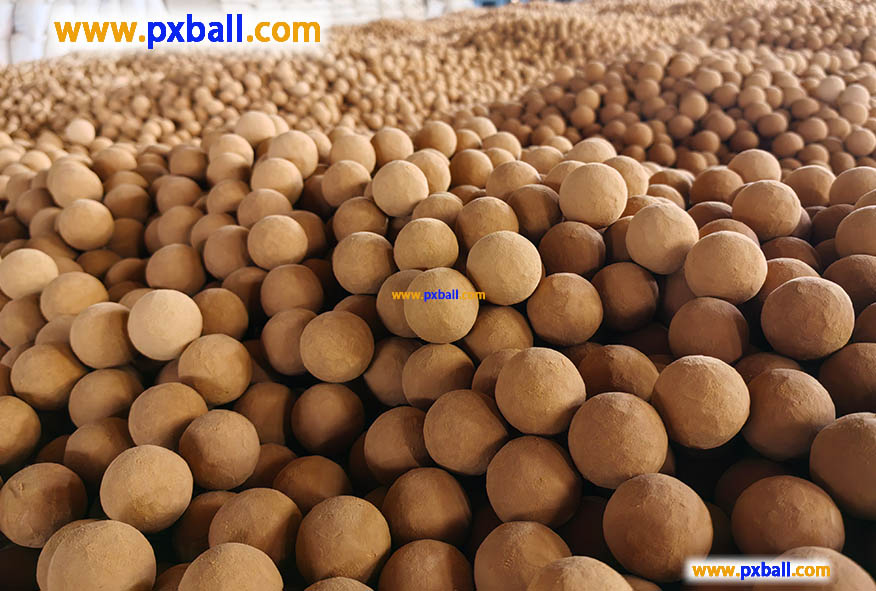
enforce standards
People's Republic of China chemical industry standard HG/T 3683.1-2000 "Industrial Porcelain ball - inert porcelain ball"
Detection method
Compressive strength: Select a testing machine with sufficient pressure and a first-level force measurement accuracy, and take five porcelain balls as samples. The sample was placed in the middle of the press plate of the testing machine, and between the sample and the upper and lower press plates was loaded with 1 ~ 2mm oil-absorbing paper at a speed of 5 ~ 20mm/min or 0.5 ~ 3.5KN/min smoothly and evenly. The pressure value of the sample when it was damaged was read, and the arithmetic average value was calculated as the final test result
Alumina content: Alumina ball according to the content of feldspar, feldspar - mullite, mullite, mullite - corundum, corundum and other different materials. More customers of different design requirements to match, generally high aluminum with industrial alumina, low aluminum generally to chemical China clay as raw materials. The content of alumina ceramic ball is determined by GB/T4734-1996, method for chemical analysis of ceramic materials and products
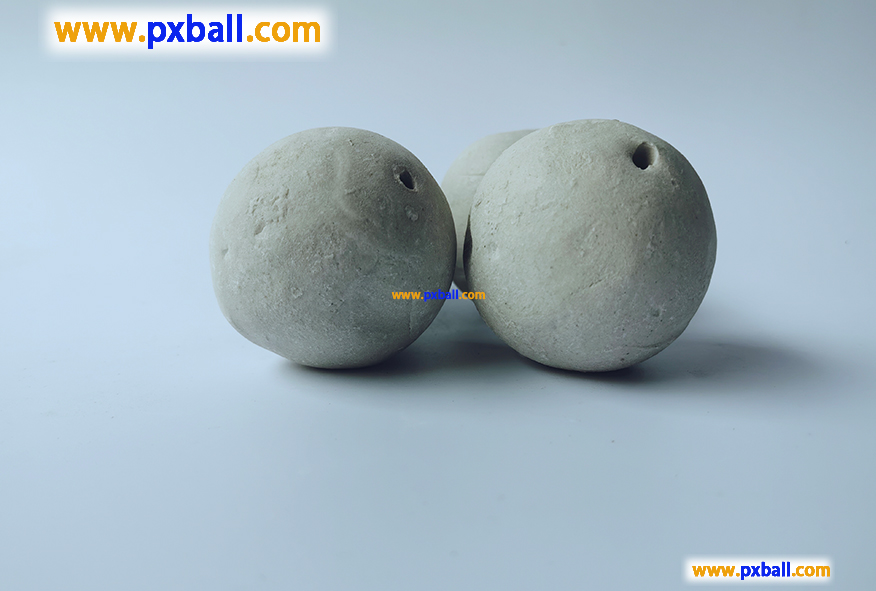
Medium Alumina Ceramic Ball
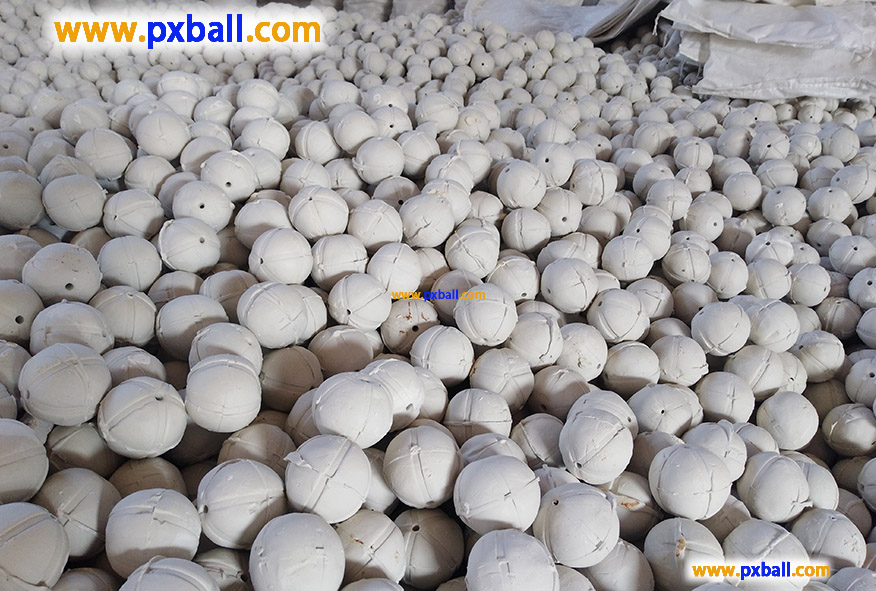
China Porous Inert Ceramic Balls
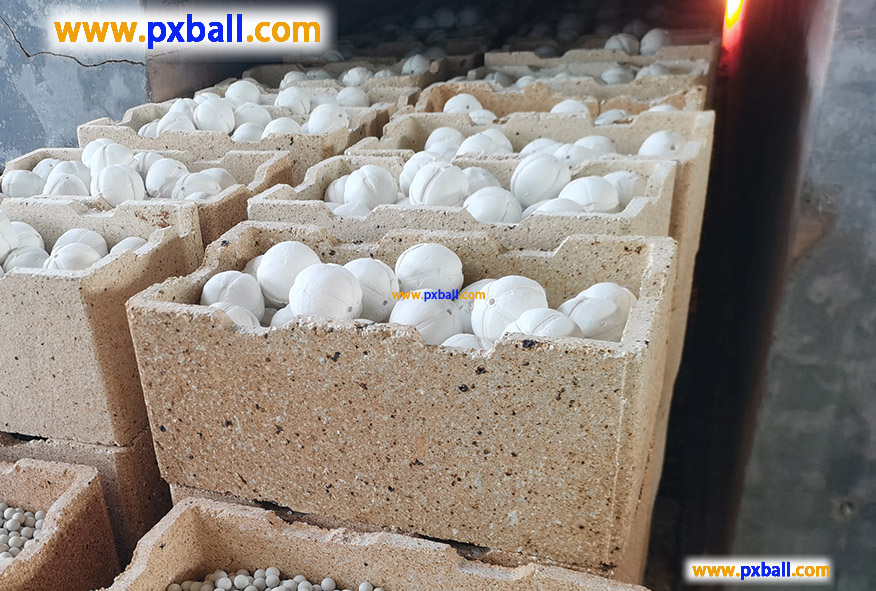
Inert Ceramic Ball Support Media
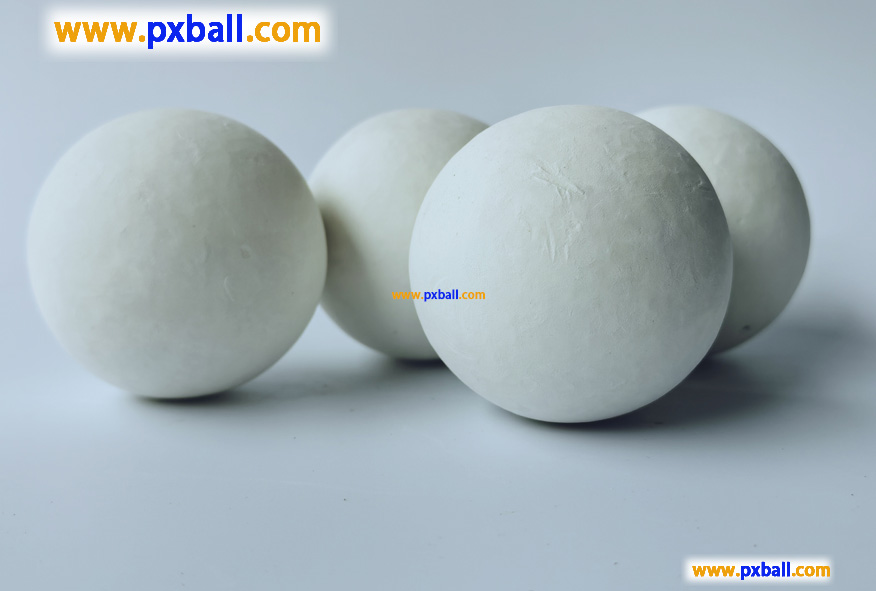
inert alumina ball
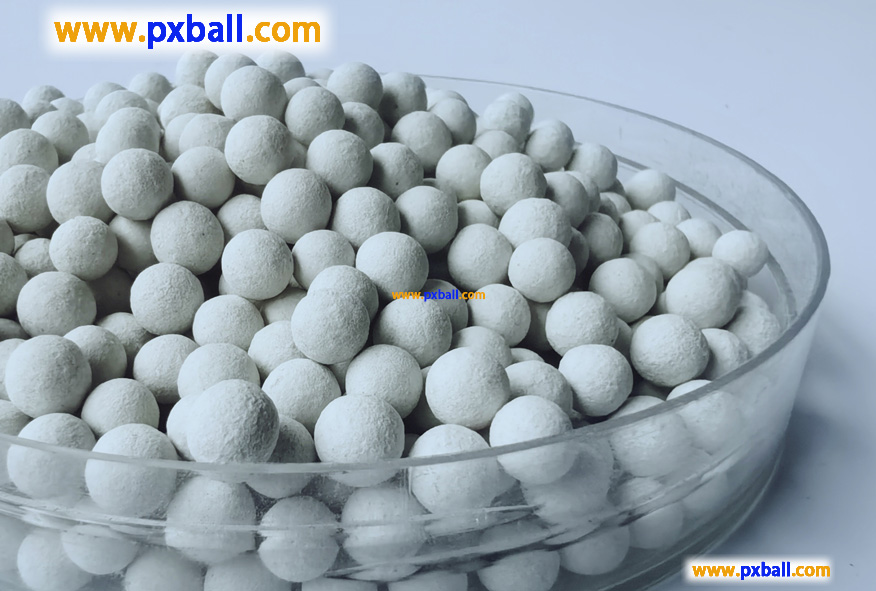
6mm ceramic ball
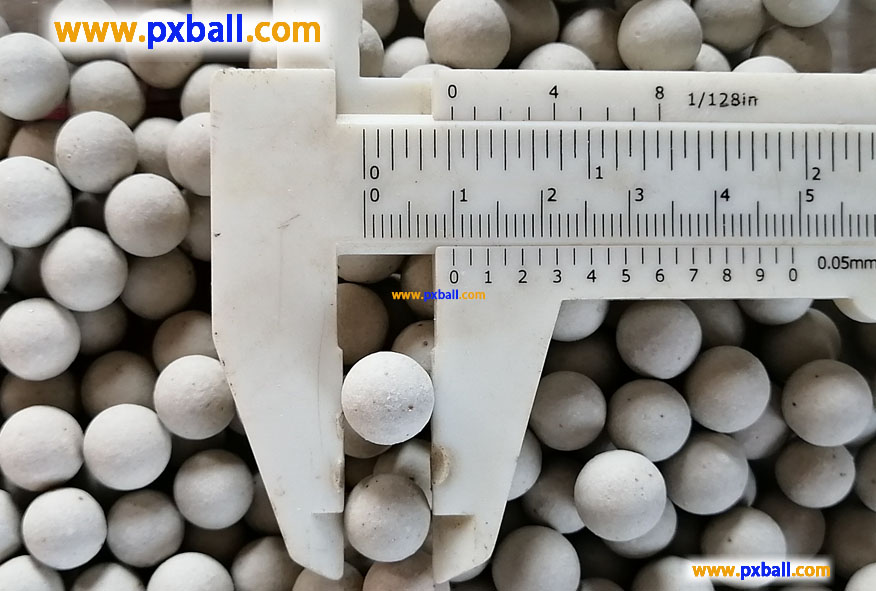
Best low alumina ball

Inert porcelain ball
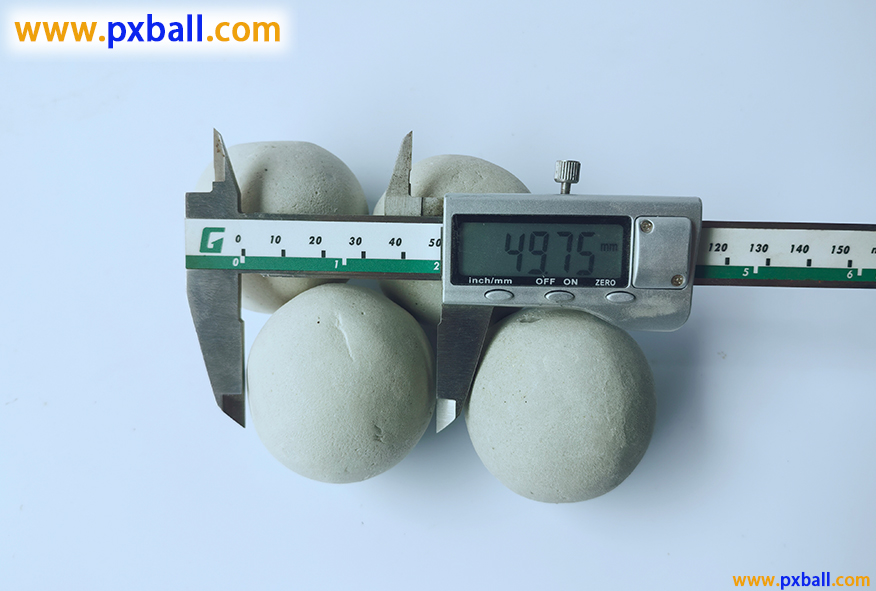
Handmade ceramic balls